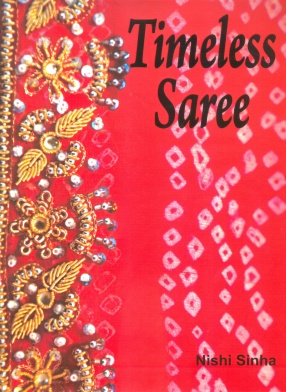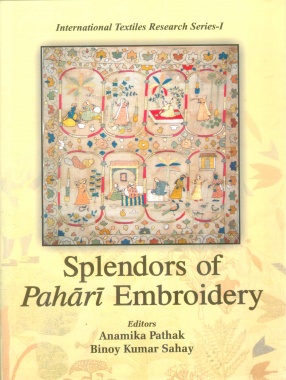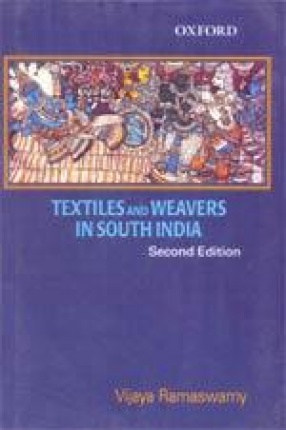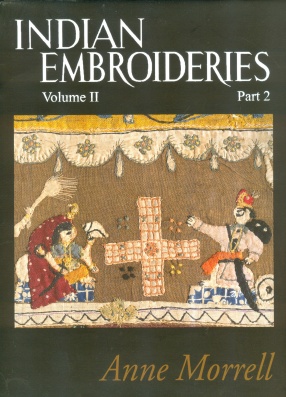Timeless Saree
Saree, the beautiful apparel, hides all the bad aspects and throws up the good aspects of a woman's figure, and changes a hulky-bulky woman into a presentable lady. A young girl with a good figure looks petite in a saree.
Women have been wearing sarees from the days of Mahabharata and Ramayana. There is a reference of Draupadi's cheerharan in Mahabharata when Lord Krishna comes to her rescue. We also know through our scriptures that Sita and other women including those who lived in Sri Lanka wore sarees. It is the national dress for ladies in India, Sri Lanka, Bangladesh and Nepal. Of late, some foreigners want to wear sarees for dinner parties in some countries, specially in South East Asia.
Recently saree has become very popular with the NRI women. This was not so some years back. Womenfolk in Delhi tell us that they buy some of the most expensive sarees since they are not only fond of them but can also afford them.
The book covers almost all the varieties of sarees made in India including the Dhaka ka malmal of Bangladesh. It has separate chapters covering Benaras silk sarees, Odisha silk and cotton sarees, Phulkari of the Punjab, Sequins work, Kalamkari and Dharmawaram silk sarees from Andhra Pradesh. Every chapter deals with either one or sometimes two varieties of sarees. The book has excellent colour photographs to go with each saree. There is a photograph of a golden yellow tussar silk saree painted by the internationally acclaimed Madhubani painter Sunita Jha. Most of the traditional sarees have been covered. All the sarees displayed belong to the author of the book.
Get it now and save 10%
BECOME A MEMBER








Bibliographic information